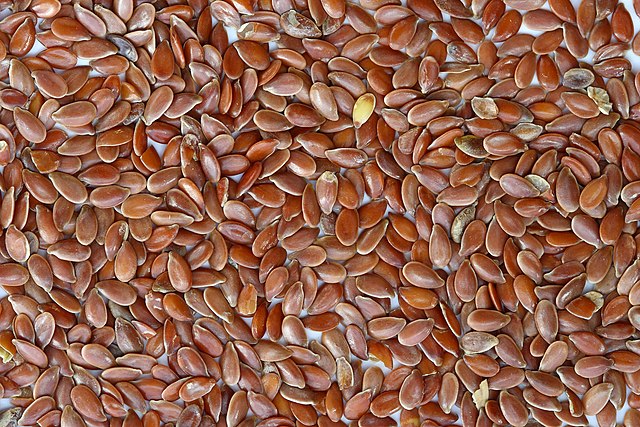The announcement of the 2024 World Food Prize has renewed interest in global crop profiles in the background of climate change. On May 9, the U.S. Department of State awarded the prize to Dr. Geoffrey Hawtin OBE and Dr. Cary Fowler, who are behind the 1.25 million seed-strong “Doomsday Vault.”
The “Doomsday Vault” rests 150 m inside a mountain in the Arctic circle, to shield plant species against destruction.
Beginning 2008, the gene bank in Norway’s Svalbard archipelago has been housing seeds from 6000 species at -18ºC.
Though there are 17,000 replica gene seed banks worldwide that supply Svalbard, the Norwegian vault is arguably the strongest back up. Apart from thousands of minor crops, it preserves key food grains, tubers and vegetables from across all continents.
African and Asiatic seeds
Foremost in the Seed Vault are duplicate grains from Africa and Asia that mean food security for these two regions.
Cereals include white maize, corn, sorghum and wheat while protein grains from the two continents feature rice and cowpeas.
Maize is among the most endangered staple foods and its production could fall drastically by 2050 due to global warming. Indonesia’s corn yield, for example, might fall by as much a 20% even as rice output actually improves by 2050.
Wheat may witness a 3% production slide by 2050 in Africa and Asia, especially India where 14% of the world’s supplies emanate.
Rice, the biggest food staple in Asia, may experience a yield fall of 5.5% by 2050 if global temperatures increase by 1.5ºC.
American and European Seeds
The Svalbard vault also holds important duplicates of Caucasian and American crops such as barley, wheat, eggplant, potato and lettuce.
Southern and eastern United States may see potato yields decrease by 5-9% by 2050, according to the National Geographic. Northern Europe, on the other hand, could benefit with a longer potato growing season than currently.
Wheat in its part will fight climate change bravely, shedding only 3% of its current production by the mid-century.
The same may not hold for barley for it is endangered. With a 2022 production margin of 155 million tonnes from mainly Russia, barley is among the world’s oldest cultivated grains dating 9,000 B.C. Luckily, the crop has worldwide gene banks including Svalbard and the International Center for Agricultural Research in the Dry Areas (ICARDA).
Against such crop biodiversity needs, it is apparent that the two scientists deserved their award for championing seed banks.
World’s Seed Statistics
How many seeds has the world preserved by 2024? By April 2024, Norway’s Svalbard seed vault had stored 1.2 million seeds against a capacity for 2.2 billion seeds. Other sites in the world have 17,000 parallel seed vaults with varying stored numbers. The largest wild seed bunker, the Millennium Seed Bank in Sussex, England, had 2.4 billion seeds in May 2024. What is the world’s most endangered seed? The Mulanje cedar (Widdringtonia whytei) in southern Malawi ranks as one of the ten most endangered seeds. Only one small cluster of trees is extant to preserve its near-extinct seeds. Scientists blame cross-breeding for extinction, with 75% of global plant diversity lost since the beginning of the 20th century.
Which are some of the world’s most important seeds? (1) Soybean, for oil production and animal feed. (2). Rice, which is the diet of 50% of the world’s population, with production at 520 million tonnes per year. (3). Maize, which is a staple food in Africa, with 875.7 million tonnes in global production. What is the world’s largest seed? The double coconut (Lodoicea maldivica) or “coco-de-mer” is the largest plant seed, at 500 cm long and 25 kg. It is no wonder then that its kernel commands a retail price of between £500 and 2000 per fruit.
